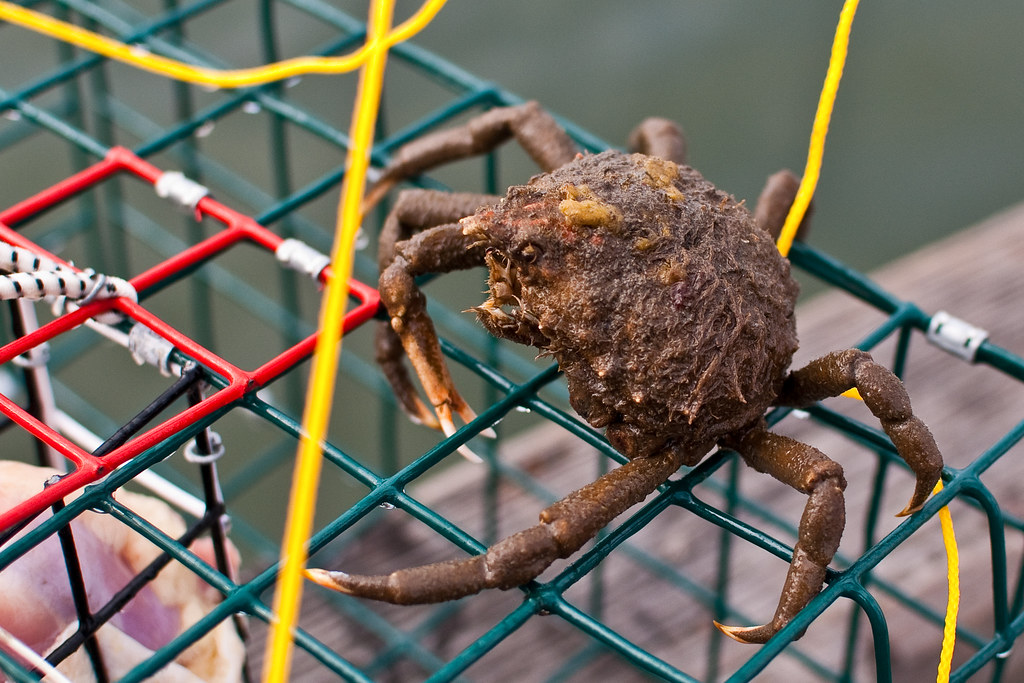Common Spider Crab
Libinia emarginata
Also known as the portly spider crab or the nine-spined spider crab, the common spider crab is a long-legged and slow-moving crustacean that covers itself in algae and small debris as a defense against predators.

